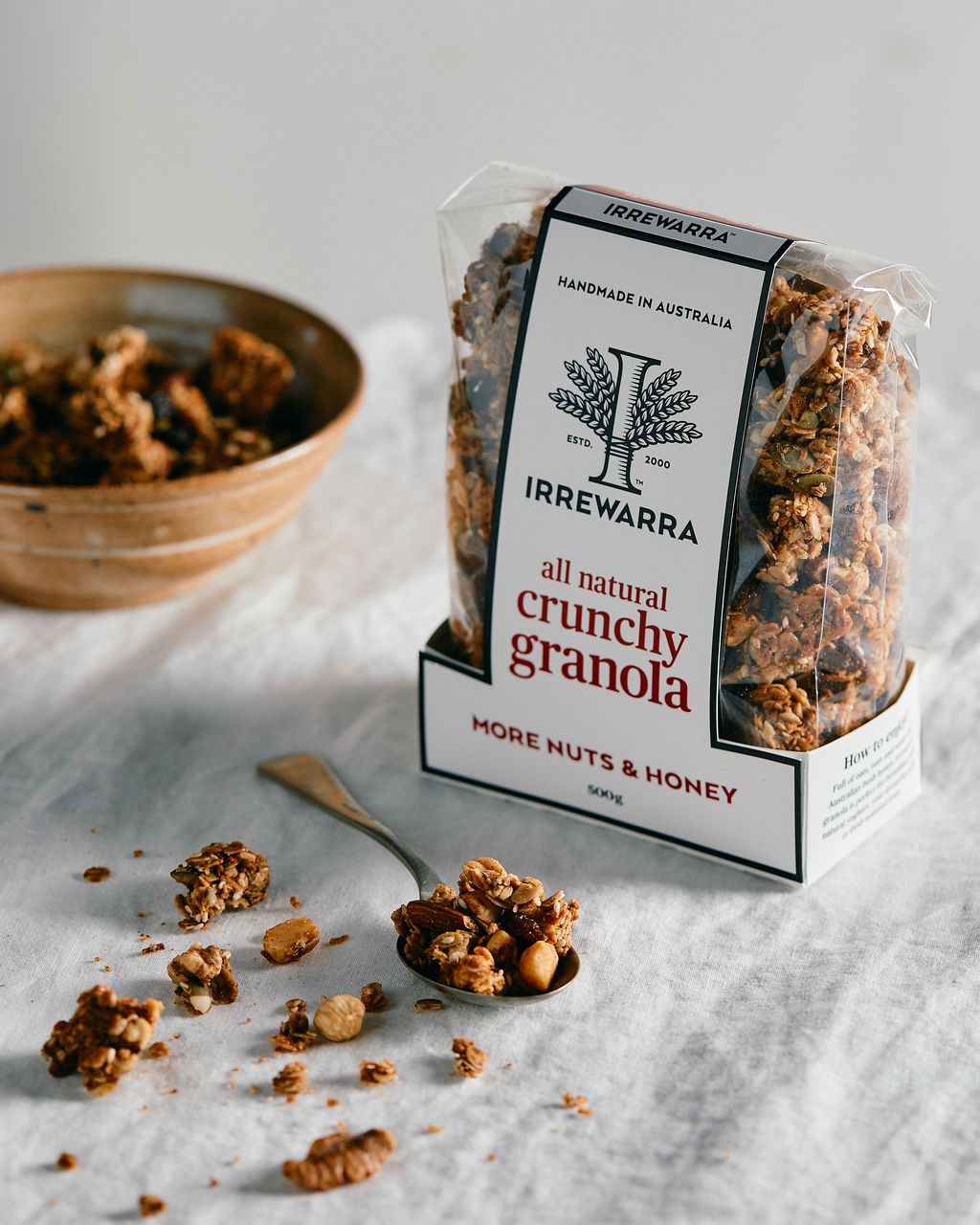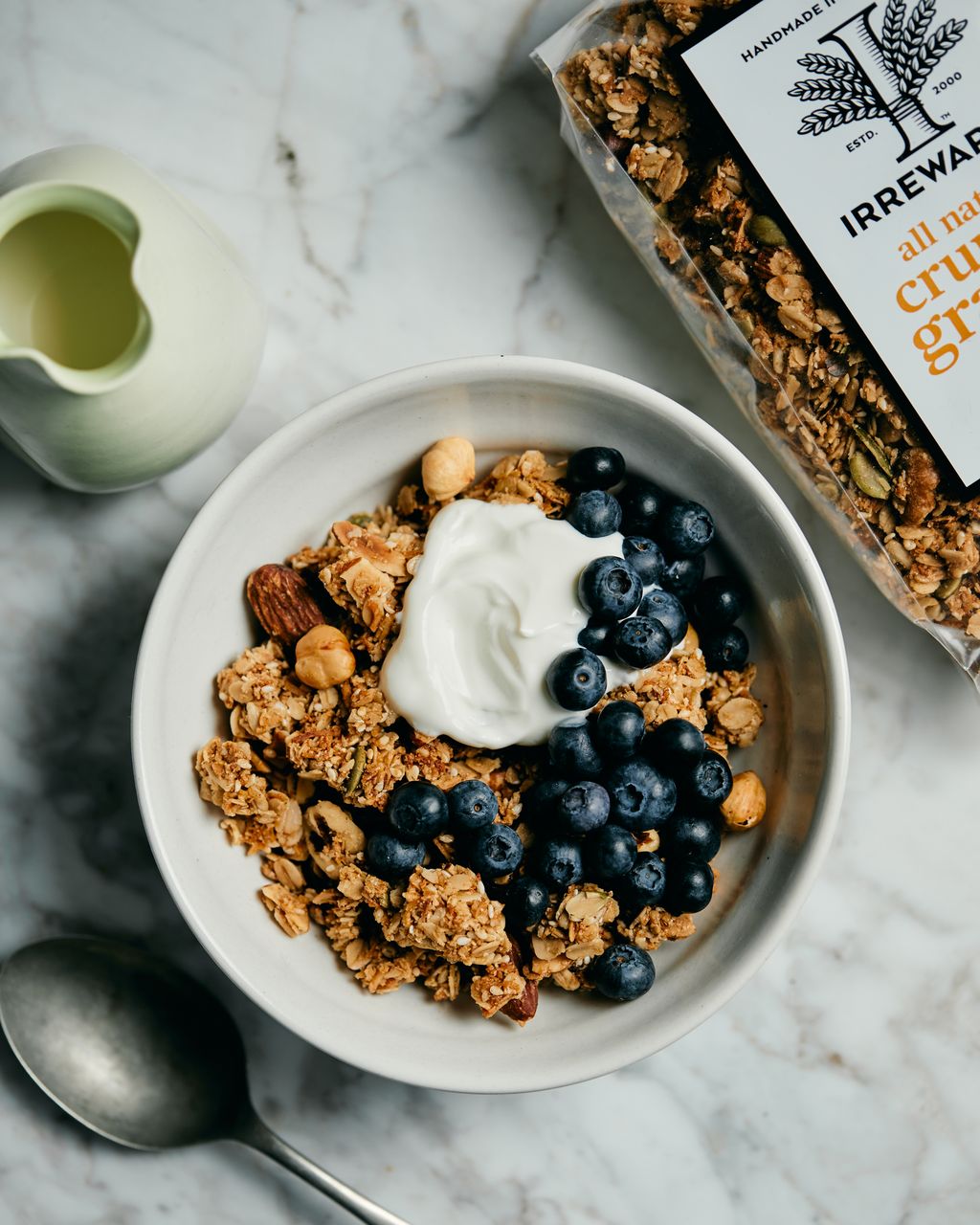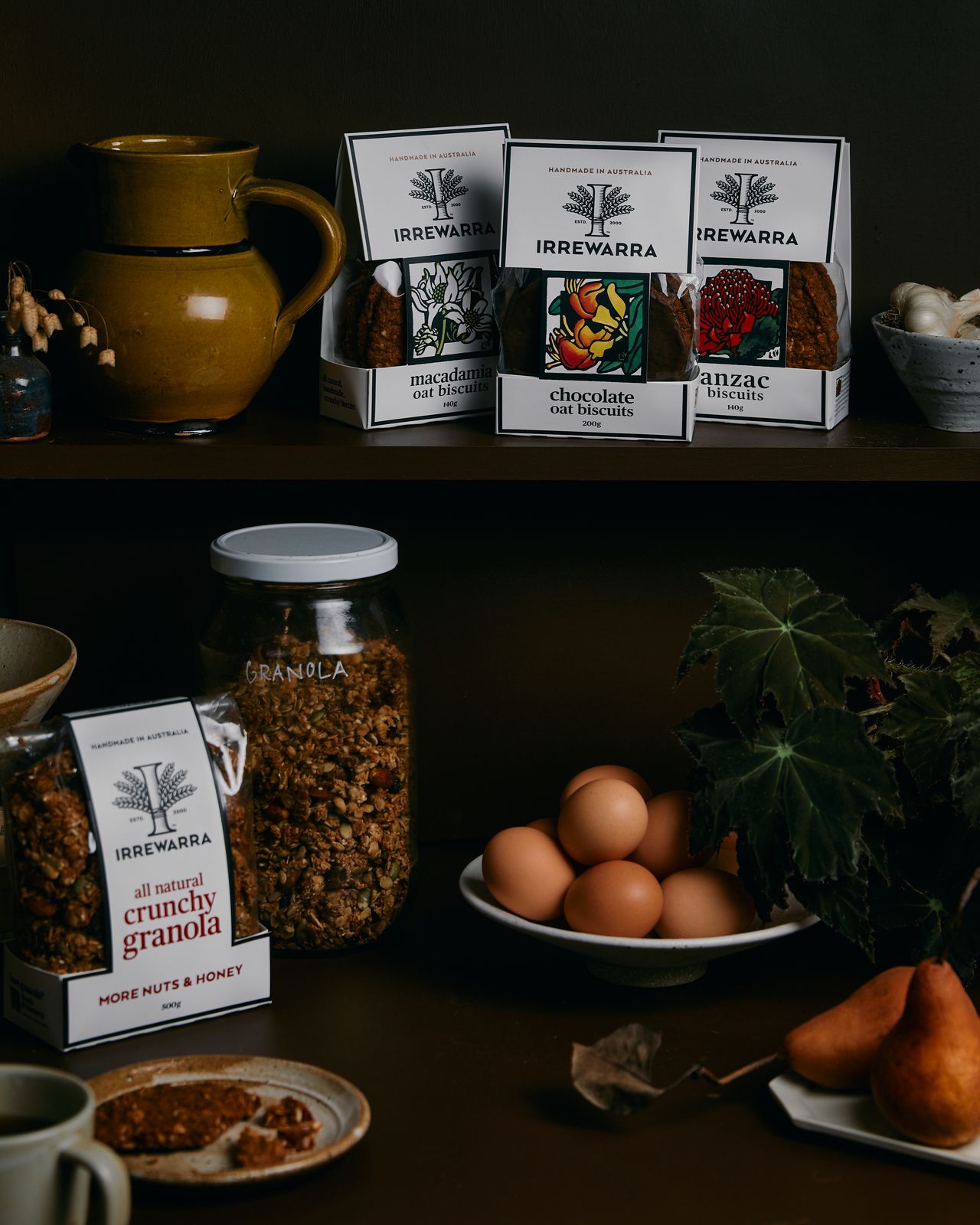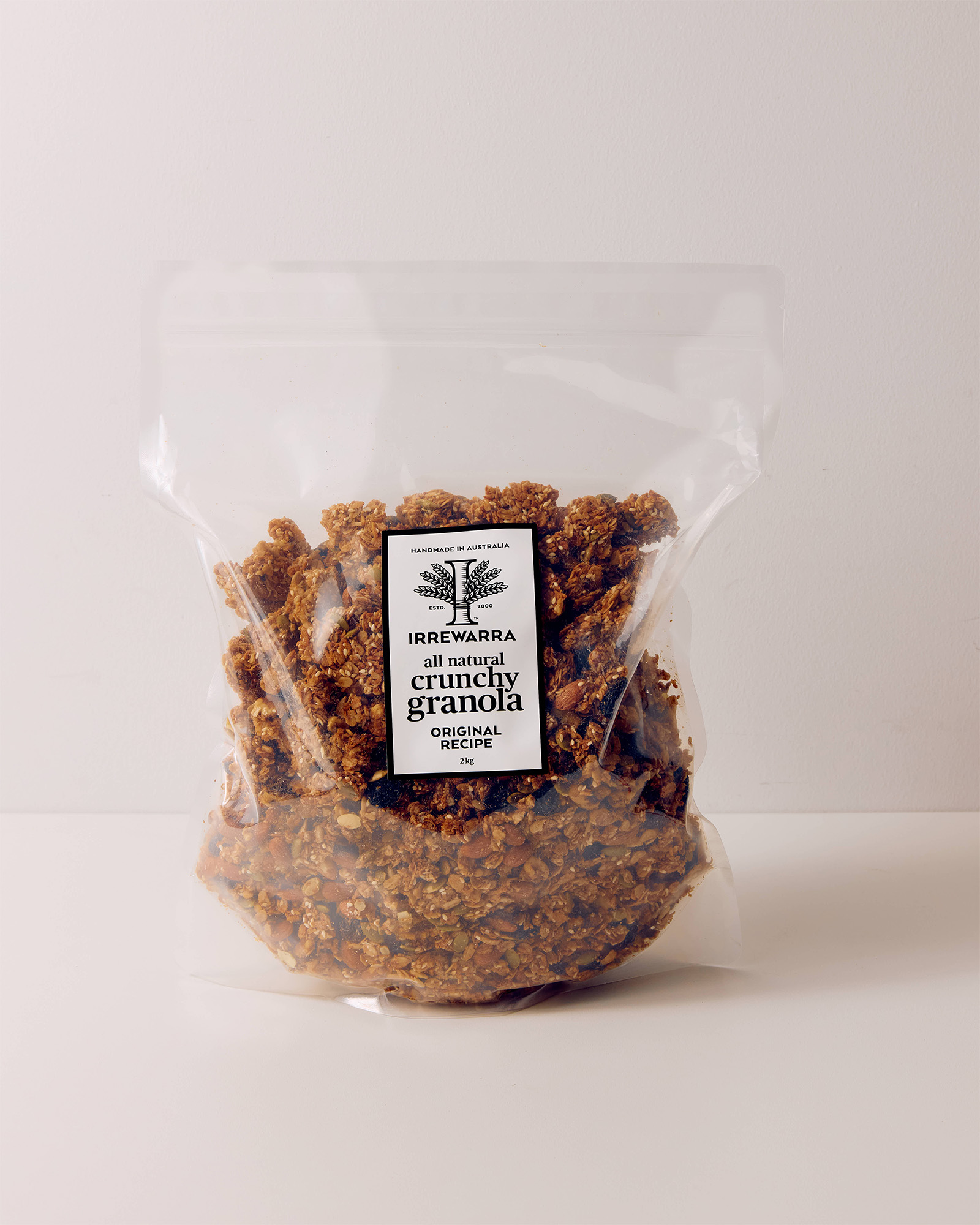Doongara rewilding project


We have embarked on a significant revegetation project using rewilding principles, and are already welcoming an abundance of native flora and bird life back to the landscape. Frank Carland, a local farmer and natural resource management consultant, is key to the success of Doongara. Here he tells us more about the project and some of his findings:
What is unique about the Doongara site?
I believe it’s the lower reaches of the Woady Yaloak River, which are lined with ancient red gums.
There is some big water—wide and deep—which supports great habitat for all kinds of birds and aquatic or amphibious species. There is no doubt it was of great importance to the Indigenous inhabitants, which highlights its cultural significance.
What have been your most interesting findings?
Seeing the White-bellied Sea Eagles on three separate occasions has been a thrill. The presence of a juvenile indicates that they have probably bred somewhere along the lower stretch of the Woady Yaloak River. Sightings of pelicans, brolgas, ducks and swans are also very special.
Threatened species, the Growling Grass Frog, calls Doongara home. We have noticed that numbers have increased recently, in both the billabong and the river. Though rarely seen, their calls are loud and prolific.
The recovery of the billabong and its fringing vegetation following the cessation of grazing has been both surprising and very encouraging, along with the regeneration of perennial reed grasses in lower lying areas of the floodplain.


What does the future look like for Doongara?
In the next 10 to 20 years we are hopefully looking at a fully functioning ecosystem that requires a small amount of annual management, while the cultural and historical values have been fully interpreted and protected, or restored.
With continued partnership, commitment and hard work, the future looks very bright for Doongara.
For regular updates on our Doongara Rewilding project visit our News section or sign up to our monthly newsletter.
















